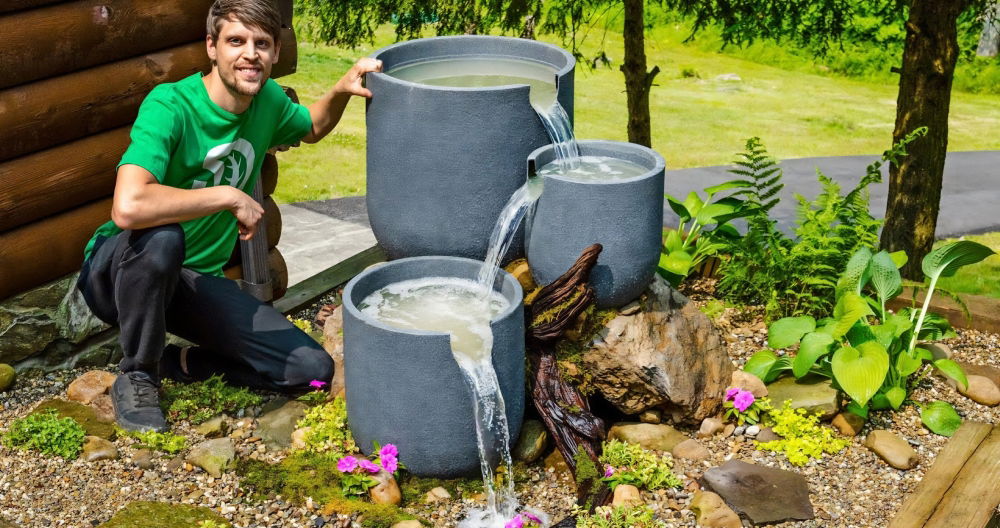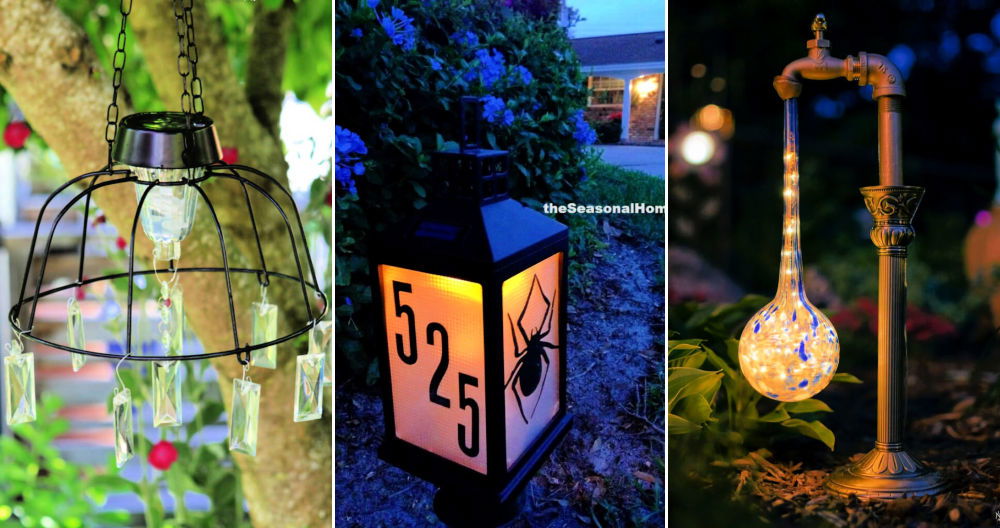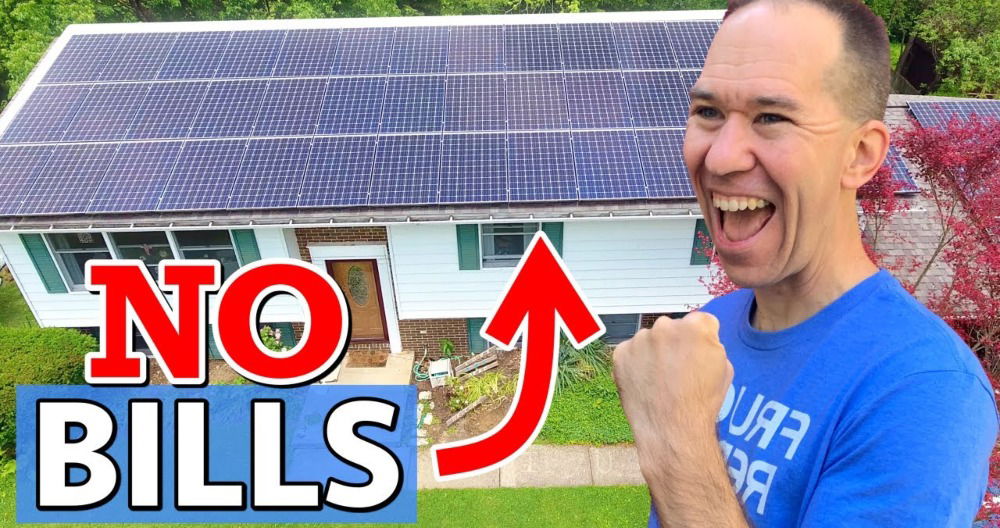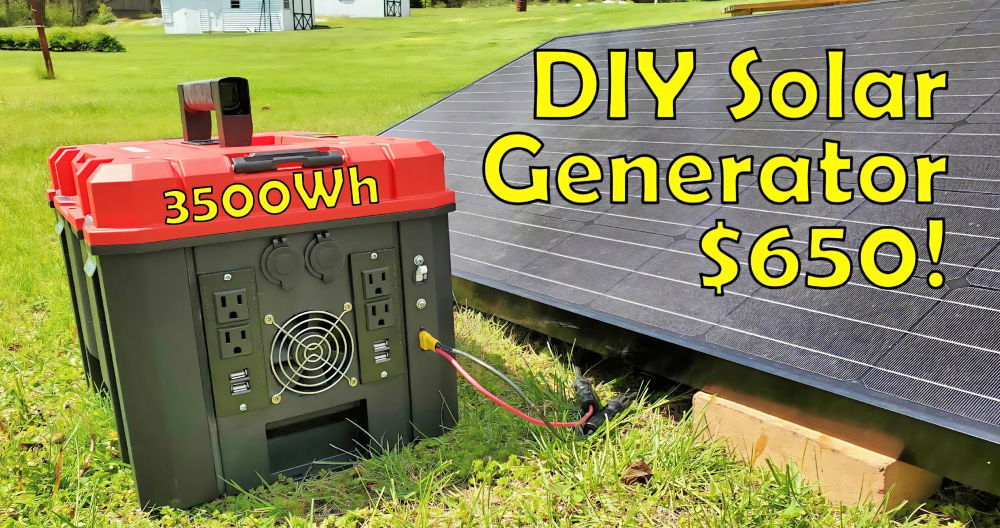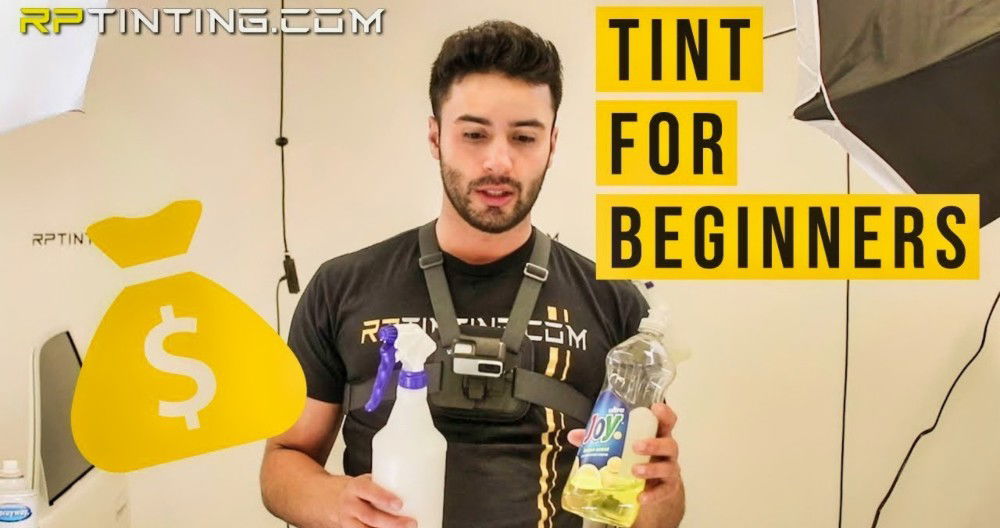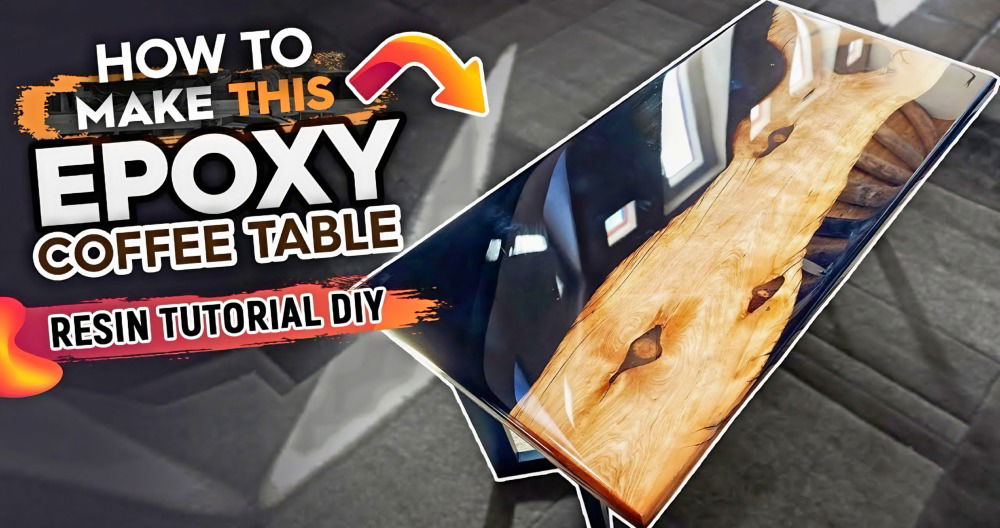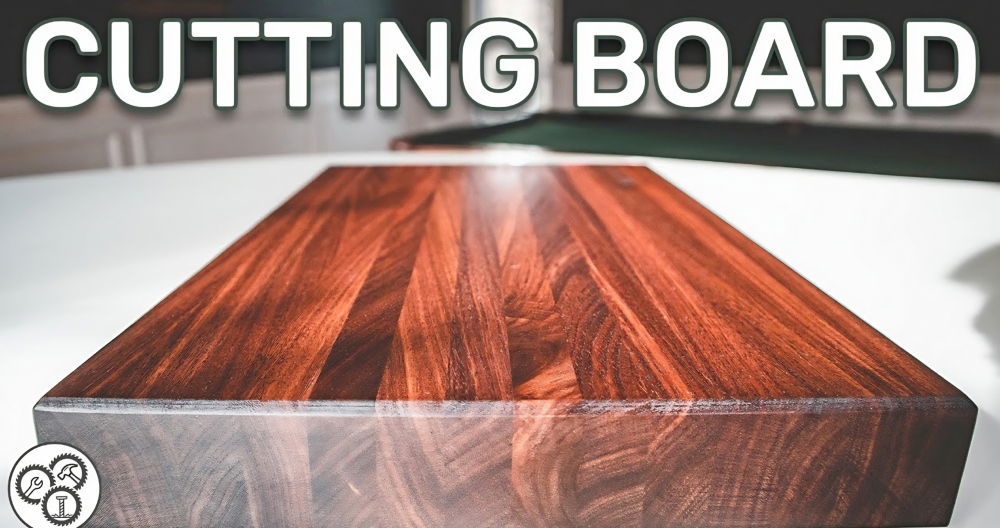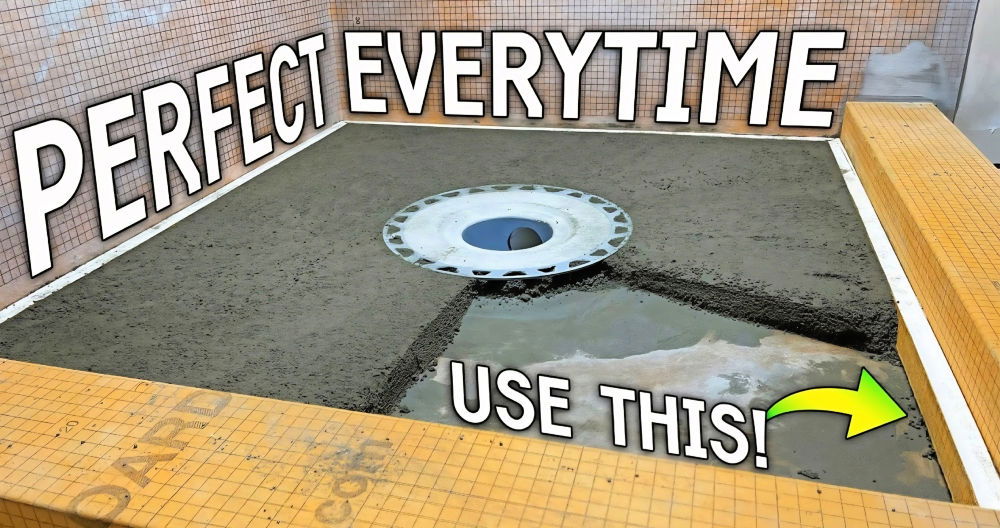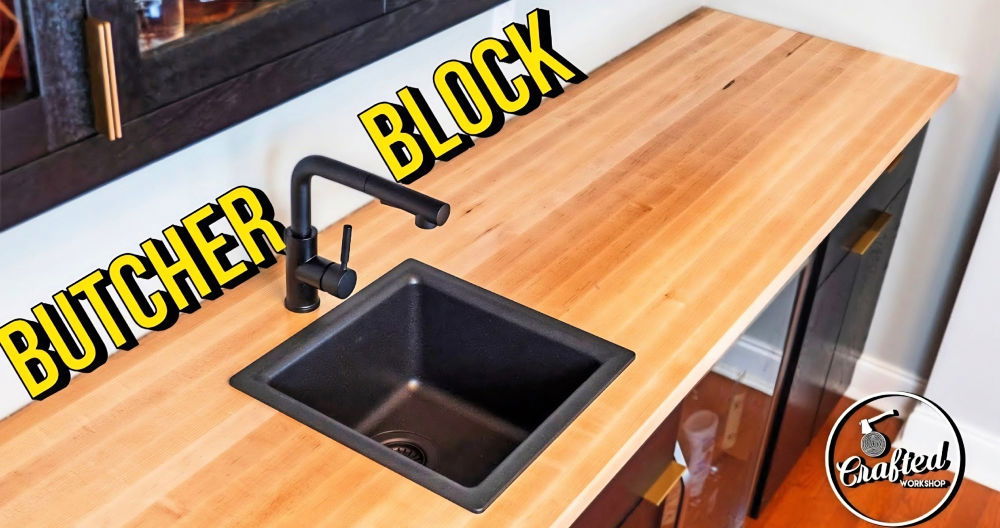Making a DIY solar water fountain at home is a fun and rewarding project. It combines creativity with sustainable living. Installing a solar water fountain can enhance your garden's beauty while being eco-friendly. This guide offers step-by-step instructions on how to build your own DIY solar fountain using simple tools and materials. You'll learn how to select the right solar panel, pump, and design elements to make a beautiful and functional addition to your outdoor space.
By following this content, you can understand the basics of DIY solar water fountains. You will gain knowledge on choosing the right location, setting up the solar panel for maximum efficiency, and maintaining your fountain. Whether you want to improve your backyard or get into a new hobby, making a solar fountain can be an enjoyable and worthwhile endeavor.
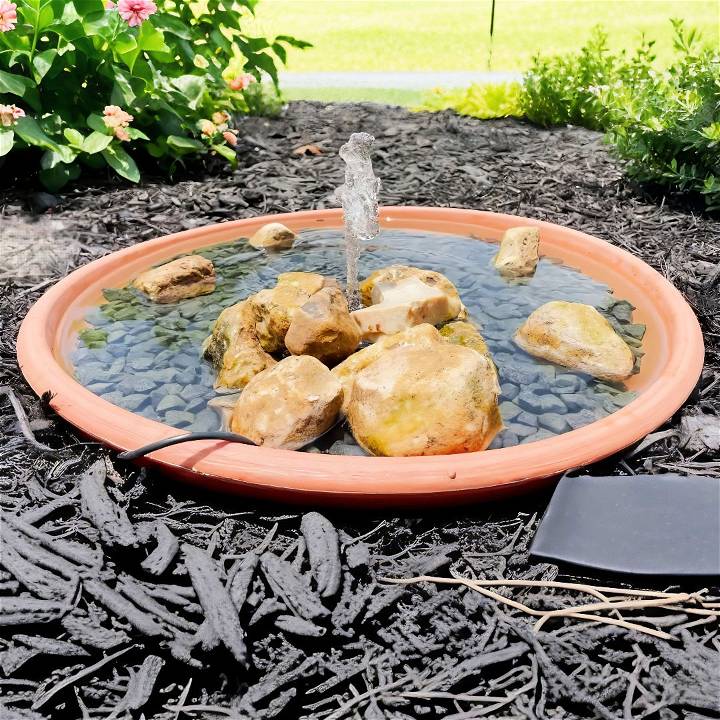
Make an eco-friendly oasis with our DIY solar fountain guide. Harness solar power to beautify your garden effortlessly.
Materials You'll Need
Make a stunning DIY fountain with a large pot saucer, mini solar fountain and pump kit, and beautiful black shadowstone and natural river rocks.
1. Large Pot Saucer
- Why It's Needed: This will serve as the base of your fountain. I chose an 18-inch diameter saucer because it's the perfect size for a small garden fountain.
2. Mini Solar Fountain and Pump Kit
- Why It's Needed: This kit includes the pump that makes the water movement. I recommend getting one with a separate solar panel to ensure durability.
3. Rocks (Black Shadowstone and Natural River Rocks)
- Why It's Needed: The rocks decorate the fountain, help hold the pump in place, and offer landing spots for pollinators like bees and butterflies.
Step by Step Instructions
Make a beautiful DIY solar fountain with our step-by-step guide. Learn how to set up and activate your solar fountain efficiently.
Step 1: Find the Perfect Spot
- Locate a Level Area in Your Garden: First, I chose a nice, level spot in my garden. I made sure it was accessible for small animals to climb onto.
- Remove Excess Mulch: I moved the mulch around to make a level surface, ensuring the saucer sits flat.
Step 2: Prepare Your Pot Saucer
- Place the Saucer: I placed the 18-inch pot saucer on the prepared spot.
- Test the Levelness: Ensure the saucer is level to prevent water from spilling over unevenly.
Step 3: Set Up the Solar Pump and Filter
- Position the Pump and Filter: I placed the solar pump kit in the center of the saucer. The filter should be at the bottom to help keep the water clean.
- Secure the Pump: I used some shadowstones around the pump to hold it in place and prevent it from moving.
Step 4: Add the Base Layer of Rocks
- Add Shadowstone: I started adding a thin layer of black shadowstone at the bottom. This helps to make a natural look and provides a foundation for the bigger rocks.
Step 5: Add Larger River Rocks
- Place Natural River Rocks Around the Edges: I found a few natural river rocks in my yard to place around the edges of the pump. This not only secures the pump but also makes small islands for pollinators to rest on.
- Ensure Rocks Are Sufficiently Covering: Ensure that the rocks cover the pump enough to keep it shaded and secure.
Step 6: Add More Shadowstone
- Cover the Surface: I sprinkled more shadowstone on top to make it look natural and avoid the mechanical parts being visible.
- Make Little Islands: By leaving some of the larger rocks sticking out above the waterline, I maked resting spots for the bees and butterflies.
Step 7: Fill with Water
- Use a Hose to Fill the Saucer: I filled the fountain with water from a hose until it was nearly full. Make sure the water level is just right so it doesn't spill out but is sufficient for the pump to function properly.
Step 8: Activate the Solar Panel
- Position the Solar Panel: I flipped the solar panel towards the light source. The moment the panel catches sunlight, the water fountain begins to operate.
- Test the Fountain: I showed the solar panel to direct sunlight, and our fountain started working immediately, making a gentle flow of water.
Maintenance Tips
Discover essential solar panel maintenance tips, including regular cleaning to enhance efficiency and longevity. Keep your panels in top shape easily!
Regular Cleaning
- Keep an Eye on Algae Growth: Since it's a small water feature, algae and bugs might accumulate. To keep it fresh, regularly clean the saucer and replace the water as needed.
Solar Panel Maintenance
- Keep Solar Panel Clean: Dust and dirt can prevent the panel from working efficiently. Make sure to wipe it clean occasionally.
Design Ideas for Garden Integration
Integrating a solar fountain into your garden can transform your outdoor space into a tranquil oasis. Here's how you can achieve harmony and beauty with your solar fountain design:
Understand Your Garden's Layout
Start by assessing your garden's layout. Look for a spot that receives ample sunlight throughout the day, as this will power your fountain efficiently. Consider the visibility of the fountain from various points in the garden and from inside your home.
Choose the Right Style
Solar fountains come in various styles, from modern to classic. Select a design that complements your garden's theme. For a minimalist garden, a sleek, contemporary fountain might be perfect. For more traditional spaces, a fountain with stone elements or classic figures can add a touch of elegance.
Make a Focal Point
Your solar fountain can serve as a stunning focal point. Surround it with colorful flowers or decorative stones to draw attention. Ensure that the fountain's size is proportional to the surrounding area to maintain balance.
Add Plant Life
Incorporate aquatic plants in and around your fountain. Not only do they add beauty, but they also help to maintain clean water. Plants like water lilies and lotus can thrive in the shallow waters of a fountain.
Encourage Wildlife
A solar fountain can attract birds and beneficial insects. Choose a fountain with gentle water flow to provide a safe drinking spot for birds. Adding a bird bath nearby can also encourage feathered friends to visit.
Lighting and Accessories
Consider adding solar-powered lights to illuminate your fountain at night. This makes a magical atmosphere and allows you to enjoy your garden after sunset. You can also add accessories like wind chimes or statuettes for additional charm.
Regular Updates
Keep your garden and fountain looking fresh by regularly updating the surrounding plants and decorations according to the season. This keeps the space dynamic and engaging for both you and your visitors.
These tips will make your solar fountain a key garden feature, blending nature's beauty with peaceful water flow.
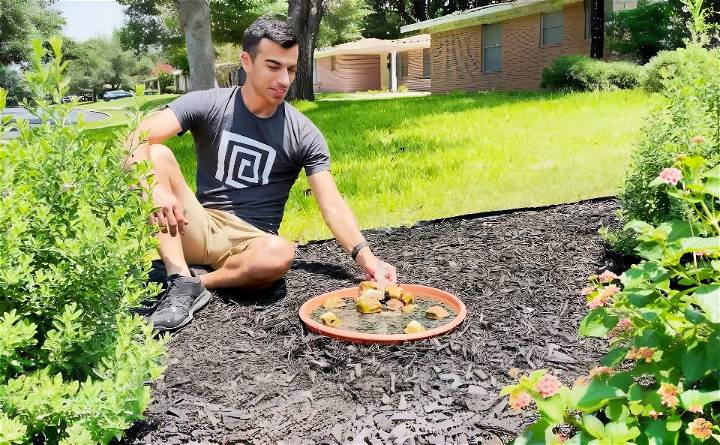
Advanced Customizations
Enhancing your solar fountain with advanced customizations can make a more personalized and interactive garden feature. Here's how you can add sophistication and flair to your solar fountain:
Upgrade to a Programmable Pump
A programmable pump allows you to adjust the water flow and make different patterns. You can set it to change at various times of the day or for special occasions, adding a dynamic element to your garden.
Integrate LED Lighting
LED lights powered by solar energy can add a stunning visual effect. Choose multi-colored LEDs to make an enchanting light show that complements the natural beauty of your garden at night.
Add Remote Control Functionality
With a remote control, you can easily turn your fountain on or off from a distance. This is particularly useful for hosting garden parties or when you want to conserve energy.
Incorporate Water Features
Consider adding waterfalls or streams that feed into your fountain. This not only enhances the sound of running water but also increases the overall appeal of your garden space.
Use Smart Sensors
Smart sensors can adjust the fountain's operation based on weather conditions. For example, they can shut off the fountain when it's windy to prevent water loss or activate it when there's optimal sunlight.
Experiment with Fountain Heads
Different fountain heads can change the water's spray pattern. Swap them out to make a variety of effects, from a gentle bubbling to a vigorous jet.
Personalize with Decor
Customize the look of your fountain with unique decor. This could be anything from engraved stones to custom sculptures that reflect your personal style or garden theme.
Connect to a Home Automation System
If you have a home automation system, connect your solar fountain to it. This way, you can control it alongside other smart home devices, making a cohesive and modern garden ecosystem.
With these customizations, your solar fountain becomes a standout garden feature, showcasing your creativity and boosting your outdoor enjoyment.
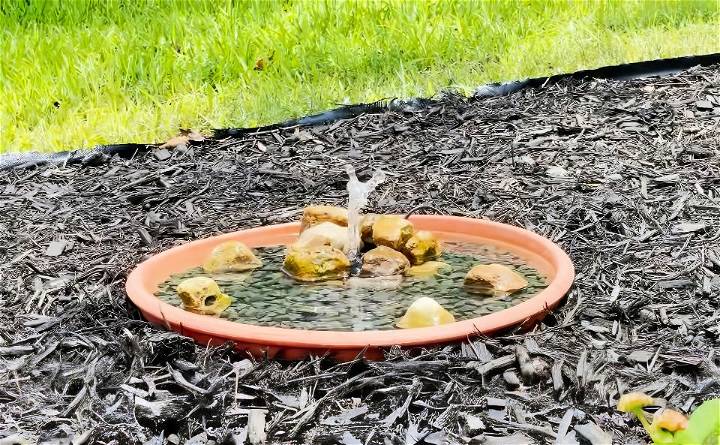
Maintenance and Care
Proper maintenance is crucial for the longevity and performance of your solar fountain. Here's a straightforward guide to keeping your fountain in top shape:
Regular Cleaning
Keep the solar panel free of debris and dust. A clean panel ensures maximum sunlight absorption. Gently wipe it with a soft, damp cloth. Avoid using harsh chemicals that can damage the surface.
Water Quality
Change the water in your fountain weekly to prevent algae growth. If you notice algae, use a mixture of white vinegar and water for a natural cleaning solution. Rinse thoroughly after cleaning.
Pump Care
Inspect the pump regularly for clogs or debris. Remove any leaves or twigs that might block the water flow. Ensure the pump is always submerged in water to avoid overheating.
Winter Precautions
If you live in a region with freezing temperatures, it's best to store the fountain indoors during winter. This prevents damage from ice expansion. If you cannot move the fountain, remove the pump and store it inside.
Check Connections
Make sure all electrical connections are secure and waterproof. Loose connections can lead to malfunctions or safety hazards. Consult the manufacturer's guide for specific instructions.
Monitor Water Levels
Keep an eye on the water level. In hot weather, water can evaporate quickly. Refill the fountain to the recommended level to keep the pump functioning correctly.
Seasonal Adjustments
Adjust the fountain's operation time according to the seasons. In summer, you might run it longer due to increased sunlight. In winter, operating hours should be reduced to conserve energy.
By following these simple steps, you can ensure that your solar fountain remains a beautiful and functional feature in your garden for years to come. Regular care and attention are the keys to a well-maintained solar fountain.
FAQs About DIY Solar Fountain
Explore our FAQs about DIY solar fountains to answer all your questions and easily guide you through setting up your eco-friendly water feature.
A DIY solar fountain is a water feature that you can create at home, which uses solar power to operate. It typically includes a small solar panel that powers a pump, circulating water through your fountain without the need for electrical wiring or an external power source.
Solar fountains work by using a solar panel to convert sunlight into electrical energy, which powers a pump. This pump circulates water from the basin of the fountain up through a nozzle or series of nozzles to make a water display. When the sun is shining, the solar panel generates power, and the fountain operates.
While solar fountains perform best in direct sunlight, some models come with batteries that store energy. This means they can still operate during cloudy periods or for a limited time after sunset. However, for consistent performance, placing your fountain in a sunny spot is ideal.
Maintaining a solar fountain involves:
Regularly cleaning the solar panel with a soft cloth to ensure it efficiently absorbs sunlight.
Removing debris like leaves and twigs from the water basin and pump to prevent clogging.
Changing the water periodically to keep it fresh and reduce algae growth.
Storing the fountain indoors or in a shaded area during extreme weather conditions to protect its components.
Selecting the right solar pump is crucial for the efficiency of your DIY solar fountain. Here are some tips to help you choose:
Assess the size of your basin to determine the pump's required water flow rate.
Check the pump's maximum lift height to ensure it can push water to the desired height of your fountain.
Look for pumps with adjustable flow rates to control the intensity of the water flow.
Consider the solar panel's wattage; higher wattage means more power and better performance, especially on cloudy days.
Opt for a pump with a battery backup if you want your fountain to run during the evening or on overcast days.
Conclusion
Wrapping up, crafting a DIY solar fountain can be a fun and rewarding project for beginners. This simple, eco-friendly addition brings charm to any garden or outdoor space. Remember, building your own DIY solar water fountain not only saves money but also contributes to a greener planet. Enjoy the process and the soothing ambiance your fountain makes.


